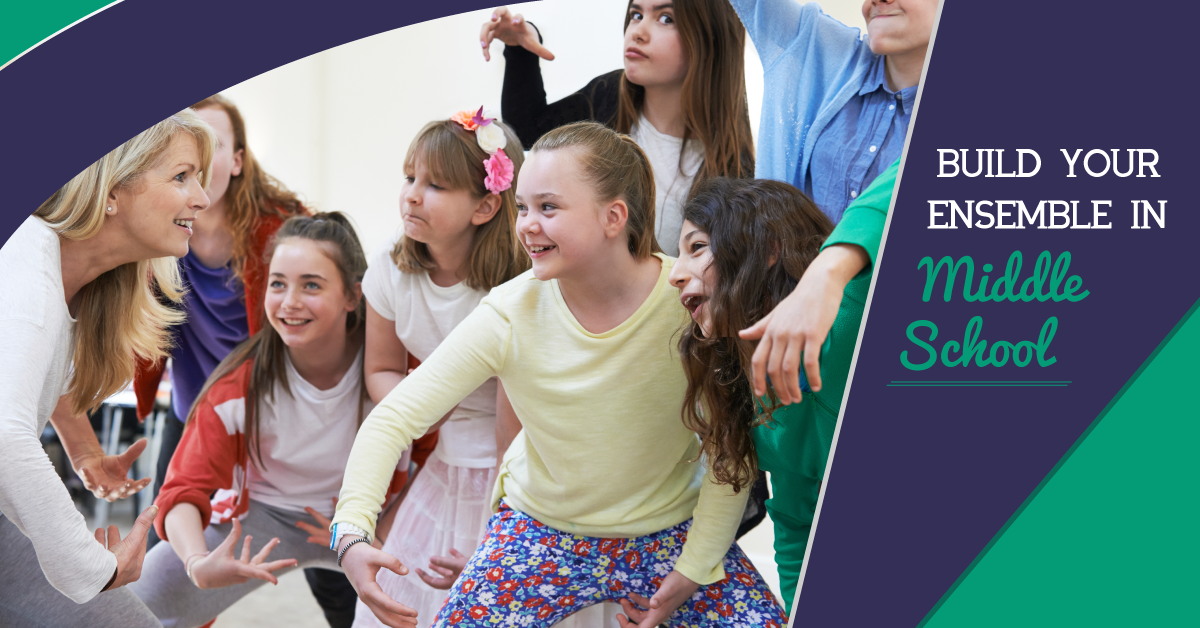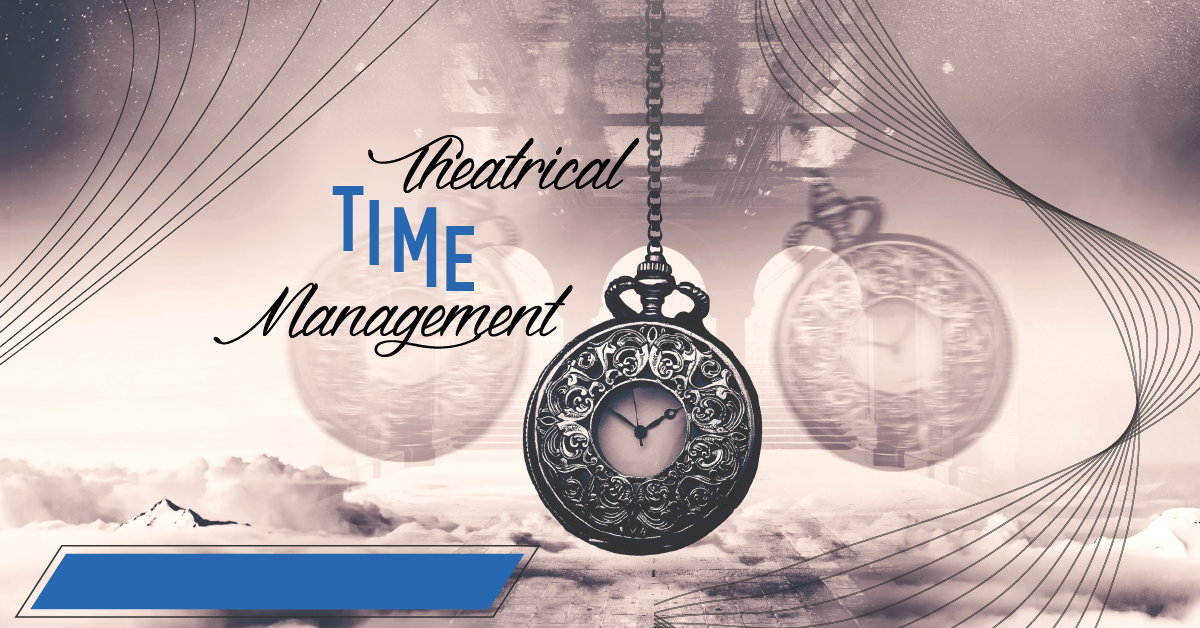The Ensemble in Middle and High School Plays
Ensemble Definition
A unit or group of complementary parts that contributes to a single effect; all the parts of something considered together and in relation to the whole; the general or total effect of something made up of individual parts all together, all at once.
Whether you’re working with high school or middle school students, the word “ensemble” will be part of your vocabulary. Depending on how you use the word, it can be a positive or negative experience for your students. Many equate the word “ensemble” with “chorus,” implying that to be in the ensemble means you’re not as good as the other actors. But when you look at the definition, you can use the word to motivate your group to think together, work together, and focus on the end goal together.
5 Ways to Motivate Your Ensemble
1. From day one, think of the entire group as the ensemble.
Call them as such. Emphasize that everyone is working toward one whole. Every actor, everyone involved. That an ensemble is all parts together, and only works when every part is cohesive together not one side here and one side there. An ensemble is a community and that is what the cast of a play should be.
2. Teach the community to work together from the first rehearsal.
Incorporate exercises at every rehearsal that involve the entire cast working together and that only work if the entire group comes together as one.
Note: Find a downloadable PDF link to more Ensemble exercises, at the end of this post.
3. Teach the ensemble their important role how important they are in helping to create the world of the play
Just because you’re not talking in a scene, does not mean you’re invisible. If you can see the audience, they can see you. If you’re not in the moment—if you’re picking your nose or scratching your butt—the audience can see that. If you’re not in the world of the play, you’re creating a distraction for the audience—and that means they’re not in the world of the play. Ensemble actors can learn the importance of being a character in the scene. Stress the importance of keeping focused on the action, even when they aren’t active in the dialogue. This will keep the audience in the world of the play.
4. Make the ensemble the focus.
Have rehearsals just for the ensemble—make them a key part of the experience of the production. Make sure each ensemble character has a name and a background that helps the world of the play. Make them think about how they interact with each other, in character, while the main action is going on.
5. Remind your ensemble that the audience is counting on them.
The audience counts on every member of a cast to keep the world of the play real and engaging, whether or not a cast member has lines or is part of the atmosphere. Sometimes it’s an ensemble player who shines brightest, not because they are hogging the attention, but because they are so in character that they are a delight to watch—a walk, a look, a shrug of the shoulder.
As student actors and professionals, what it comes down to is that your experience is what you make it. It can be a bitter, boring ensemble experience (“I’m not doing anything”), or it can be an exhilarating time with a wonderful, life-changing community that you will remember forever.



